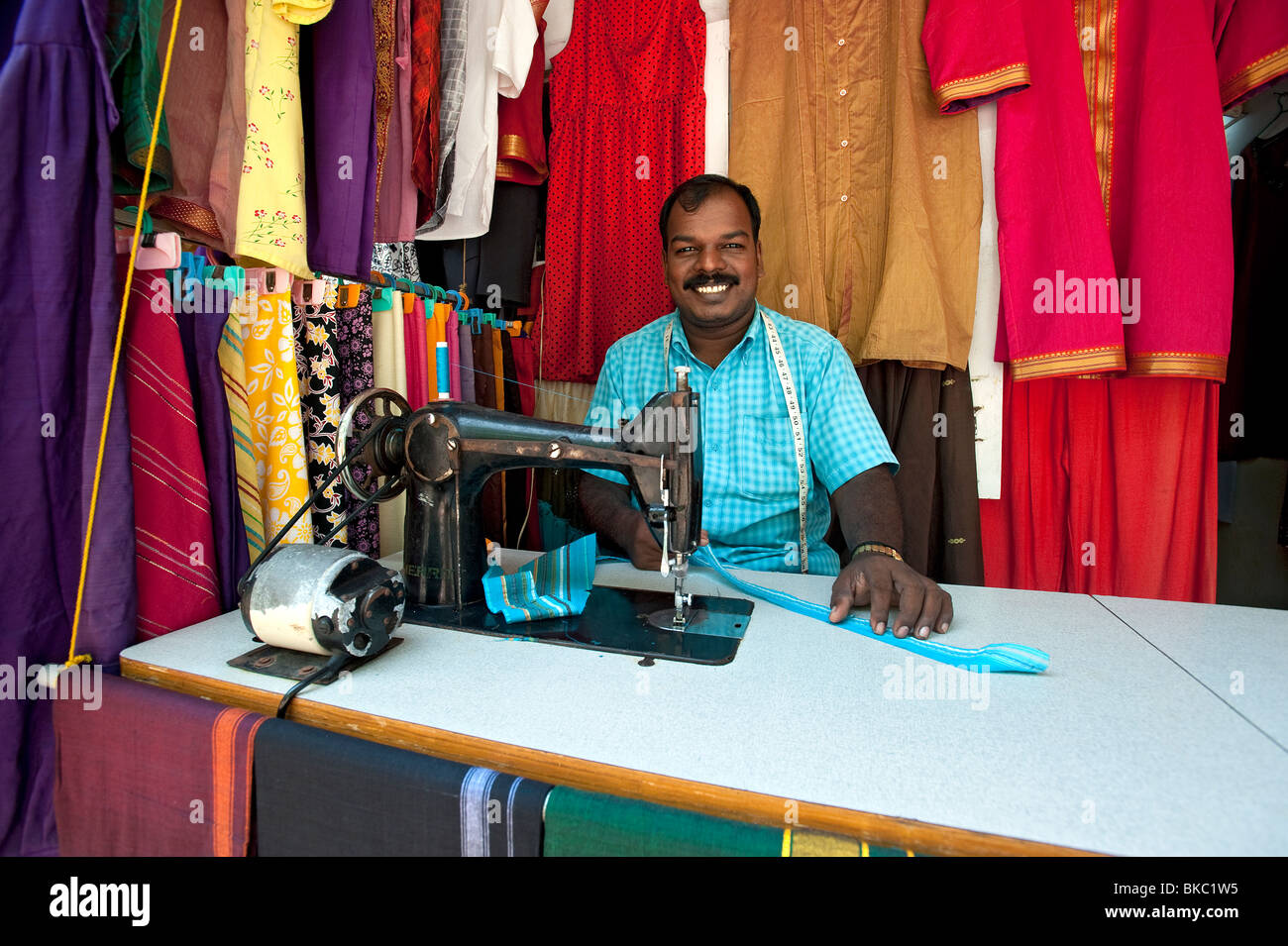Understanding the Tailoring Refine: From Textile Selection to Last Suitable for the Ideal Closet
The customizing process is an intricate interplay of art and science, beginning with the critical decision of fabric option and culminating in the precise modifications of final installations. Each fabric type brings unique high qualities that affect not only the visual allure however also the garment's long life and suitability for various celebrations. Comprehending the nuances of tailoring strategies can raise one's wardrobe to unmatched degrees of sophistication. As we discover these elements better, one need to consider how even the tiniest information can considerably affect the total end result of one's individual design.
Significance of Fabric Choice
Selecting the ideal material is crucial in the tailoring process, as it straight influences the comfort, resilience, and total visual of the last garment (tailor perth). The option of fabric sets the structure for the garment's performance, style, and functionality. Different textiles possess unique properties, such as stretch, breathability, and weight, which can substantially impact how the garment drapes and fits the body
Additionally, textile choice influences the garment's durability and ease of treatment. Top notch fabrics can endure wear and tear, maintaining their look and structure over time, while lower-quality products may lead to pilling or fading. Additionally, the best fabric adds to the garment's capability to transition throughout celebrations and seasons, therefore improving flexibility.
A customized piece made from an appropriate fabric not just showcases craftsmanship but likewise raises the wearer's self-confidence. As a result, comprehending the nuances of textile choice is critical for any kind of tailoring venture. It makes certain that the end product not just satisfies the visual wishes of the customer yet likewise straightens with practical demands, thus accomplishing a harmonious equilibrium between kind and feature in the customized closet.
Kinds of Fabrics and Their Usages
Comprehending the numerous kinds of textiles offered is vital for making educated choices during the customizing procedure. Each fabric possesses one-of-a-kind qualities that dictate its viability for details garments and celebrations.
Its versatility enables it to be tailored into whatever from t-shirts to gowns. Its all-natural flexibility helps garments maintain shape over time.
Silk emanates high-end and is lightweight, making it ideal for eveningwear and delicate shirts; nonetheless, it requires cautious handling as a result of its frailty. Bed linen, with its distinctive surface, is a popular option for warm environments, supplying a ventilated and crisp feel, yet it wrinkles quickly, which might impact the garment's appearance.
Synthetic materials, such as polyester and nylon, deal toughness and resistance to wrinkles, making them ideal for daily wear and energetic garments. Understanding these fabric kinds and their residential properties allows for far better decision-making, making certain that each customized piece not just fits well however also straightens with the desired objective and occasion.
The Tailoring Strategies Clarified
The art of customizing counts on a selection of techniques that transform material into well-fitted garments. Central to this process is pattern composing, where a tailor produces themes based on the customer's measurements and wanted design. This preliminary action guarantees that the garment will fit the user effectively prior to any cutting happens.
Once patterns are established, cutting methods come into play. Precision is critical as inaccuracies can lead to misfitting garments. Tailors commonly use numerous reducing approaches, such as single-layer reducing for detailed designs and multiple-layer reducing for performance on basic patterns.
Basting is an additional crucial method, allowing tailors to briefly stitch fabric items with each other for a preliminary installation. This technique provides the chance to assess the drape and overall silhouette prior to last stitching.
Seaming strategies, including flat-felled seams and French seams, enhance the garment's durability and aesthetic allure. Tailors likewise use strategies such as interfacing and padding to provide structure and form to certain locations, like shoulders and collars.
Lastly, finishing methods, consisting of hemming and edge completing, ensure the garment's longevity while providing a refined look. With each other, these strategies form the backbone of efficient customizing, causing elegant, custom-fit clothing.
Fitting Changes and Considerations

Secret considerations consist of the shoulder fit, which must neither sag nor limit motion, and the sleeve size, which must enable comfortable arm movement while maintaining a refined appearance. In addition, changes at the waistline can refine the silhouette, with choices to allow out or absorb fabric as required.
The increase of trousers is one more important factor; it needs to sit comfortably above the hips without creating discomfort, enabling ease of activity. Hemming lengths for both pants and skirts should reflect the wearer's preferred design while appreciating proportions.

Preserving Your Tailored Garments
Proper upkeep of tailored garments is important to preserving their fit and look over time. To make certain longevity, regular cleansing is paramount. Constantly follow the treatment tag guidelines, which might advise completely dry cleansing for fragile materials or machine cleaning for even more durable materials. Prevent constant laundering, as this can use down the textile and modify the garment's form.
Storage space is similarly crucial; usage padded hangers for coats and coats to keep shoulder framework, and shop trousers folded neatly or hung to prevent creasing. Secure garments from direct sunlight, which can fade shades and damage fibers.
Furthermore, periodic examinations for small fixings can prevent larger concerns. Look for loose switches, tearing joints, or indications of moth damage, addressing these issues quickly to maintain the garment's stability.
Finally, consider seasonal turning. Using customized items in small amounts permits fabrics to recoup, extending their life-span. By executing these upkeep approaches, you can guarantee that your tailored garments stay as beautiful as the day you initially used them, boosting your excellent wardrobe for several years to come.
Verdict
The customizing procedure, incorporating fabric option, proficient strategies, and specific fitting adjustments, plays a critical duty in creating garments that improve both comfort and style. Recognizing the significance of upkeep extends the life of customized garments, solidifying their worth in a well-curated wardrobe.
Selecting the appropriate material is essential in the customizing procedure, as it straight influences the convenience, resilience, and total visual of the Find Out More last garment. The option of material sets the foundation for the garment's performance, performance, and style. Various materials have one-of-a-kind buildings, such as weight, stretch, and breathability, which can significantly affect exactly how the garment drapes and fits the body.
The art of tailoring depends on a selection of strategies that transform fabric into well-fitted garments.The customizing process, incorporating material selection, experienced methods, and accurate fitting adjustments, plays a vital role in creating garments that boost both comfort and style.